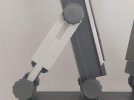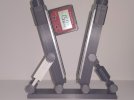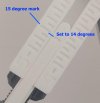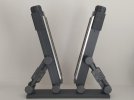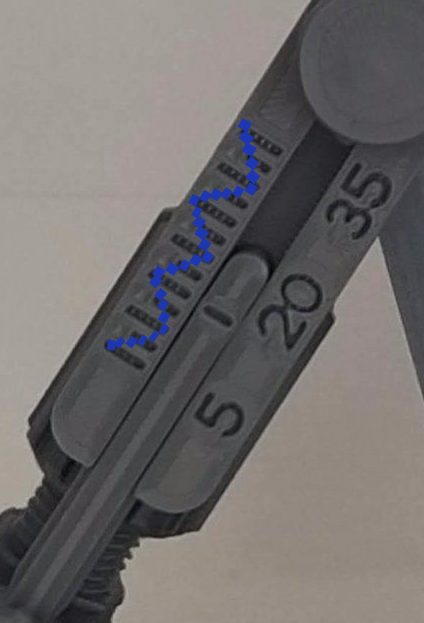777 Edge
Dealer / Materials Provider
- Joined
- Sep 16, 2019
- Messages
- 1,189
The scale lines will be notched every 2.5 degrees and it will be very easy to adjust your angle between the resolution lines. With a minute or two of using the system, you can easily adjust in 1 degree (or less) increments.gotta say this looks sweet. I'd like to see resolution of angle higher then 5, 1 degree would be great, 2 or 3 degrees would let hands know how system and pressure limits were? Any idea what gritomatic's time to market is? Thx for extending out length of stone. REALLY useful for building SIC stone set for s30v and below, With maybe a coarse diamond hone to start reprofile, like AG Russel n Ron at KME do.
With the limits of 3D printing, I can't add too many lines and text or it won't be properly visible. Having 2.5 degree lines from 5 to 35 degrees seems to be about the limit of what works well with the small size of the guide. Of course, using a digital angle cube will be the most accurate way of doing things but I think it's largely irrelevant because it's unlikely that anybody would be able to hold a knife 100% accurately straight, down to half a degree during the entire sharpening process.

